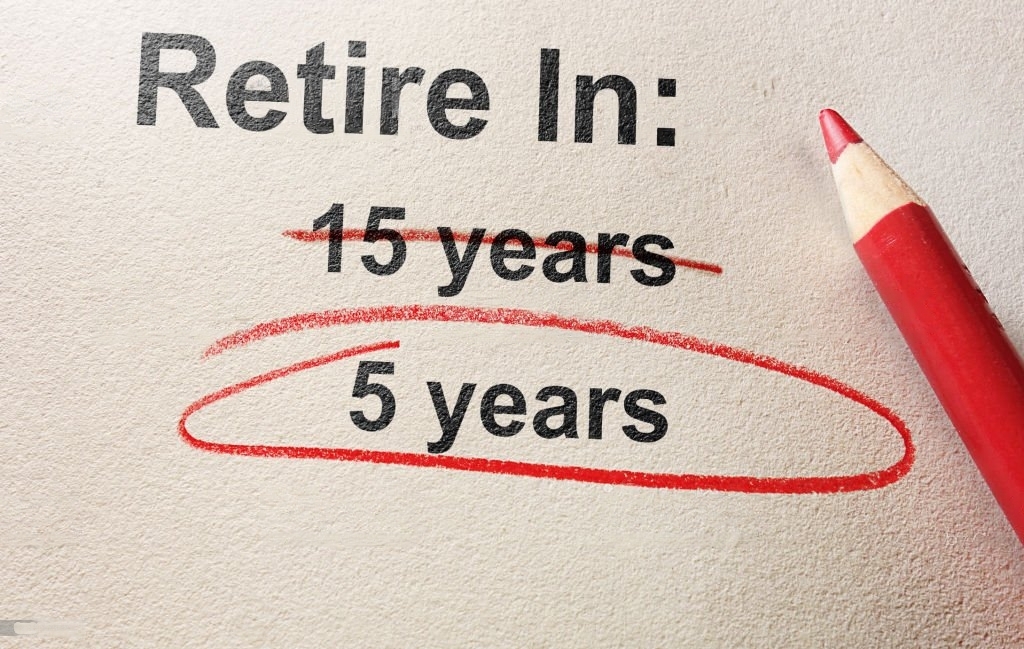
Planning for early retirement is fraught with risks that, if you don't adjust your route right away, could throw your schedule completely off course.
Your window for saving and investing is compressed if you aim to retire early, and any mistakes you make are amplified. The majority of people who are preparing for a brief career are aware of the value of constant saving and investing, obtaining workplace advantages like 401(k) matches or HSA contributions, and lowering investment fees.
However, some people are probably still making careless errors that keep them from achieving their objective of retiring early and they are unaware of it. Do you count among them?
1. Investing too conservatively
You must become more active with your investments if you wish to retire early.
The historical real total return of the S&P 500 index is 6.5% per year, whereas the yearly return on Treasury bills, even before accounting for price rises, is only about 3%. These days, you'll be lucky if they stay up with inflation.
You must make stock investments if you want your portfolio to expand swiftly. Additionally, you'll want to hold onto your stock investments longer than most people with a typical job path.
Since saving more than the average amount each month is necessary to retire early, your aggressive asset allocation is typically counterbalanced by regular income from additional retirement contributions. As a result, even if the stock portfolio may exhibit greater volatility than a portfolio with a greater degree of diversification, you have new money coming in each month, which enables the portfolio's overall value to maintain a largely constant upward trajectory.
As long as you're constantly making contributions to your retirement savings, the value of your potential profits can act as a counterweight to your aggressive asset allocation.

2. Investing too aggressively (as you near retirement)
Some people don't have a problem investing their whole retirement fund in stocks, but they don't change their asset mix as they get closer to retirement.
You should begin allocating some of your investments to bonds when you only have a few more years of employment before you anticipate retiring. Bonds are considerably better than stocks at maintaining their value over the long term, but they won't yield the same long-term returns. Bonds are used to protect capital.
As you get closer to retirement and throughout the first few years of retirement, capital preservation is key. The sequence of return risk is at its peak during this time period, which might cause your entire strategy to fail.
Your portfolio balance increases and your prospective earnings value decreases as your career draws to a close. Your career no longer serves as a suitable ballast for an all-stock portfolio as a result.
You could have to put off retirement if the stock market has a few poor years. Or you could need to start working again if you retire and the stock market crashes. Keep in mind that you've worked hard to come this far; do not allow a trivial error to destroy your plans.

3. Not knowing how much you really need to retire
If you haven't calculated how much you'll need for retirement, you risk saving either too little or, almost as dangerously, too much.
Calculating your retirement needs requires both art and science. It depends on your risk tolerance, how flexible you are with your spending plans, and how you envision spending your retirement. Establishing a retirement budget, however, is where it all should begin.
It's impossible to estimate how much money you'll need if you don't know how much you'll spend in a normal year of retirement.
Add up all of your expenses. Make an approximate estimate of your life's expenses by subtracting the ones you won't be incurring (like less petrol for your commute) and adding the new ones (like more travel and personal healthcare charges) you'll encounter in retirement.
The 4% rule might then be applied from there. The 4% rule states that you can take an annual withdrawal of 4% of your starting portfolio value, adjusted for inflation, from a portfolio that is split 50/50 between equities and treasury bills.
However, because they need their portfolio to survive longer, early retirees might need to be more cautious. On the other hand, if they anticipate a substantial portfolio drop, they might be more proactive knowing that they have the option to reduce their expenditures or find another employment. It actually depends on how much danger you can tolerate.
You can set a goal by calculating how much you'll need to save to cover your expenses. As you get closer to that amount, you may start managing your portfolio more cautiously, and eventually you'll be able to retire and live off your savings for the rest of your life.
